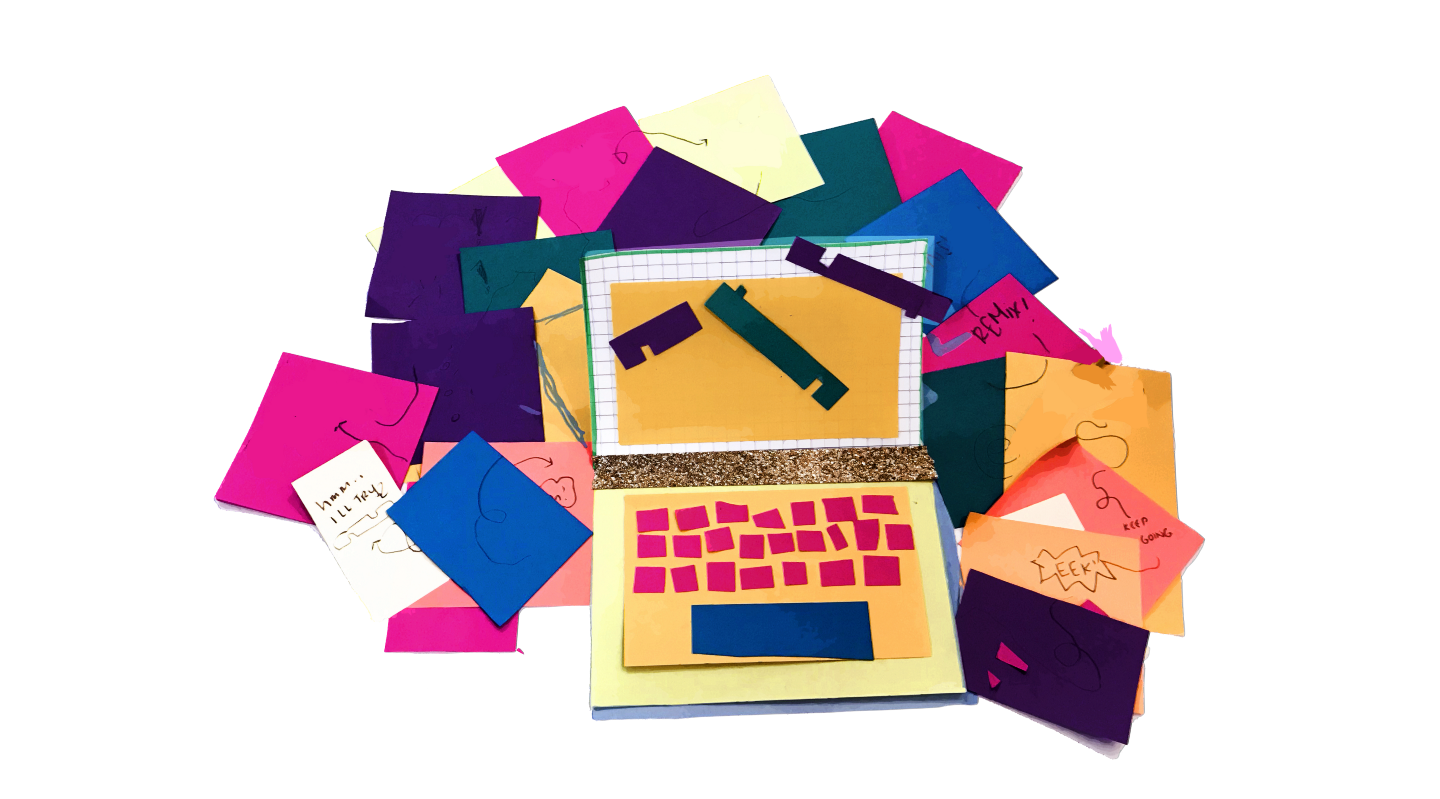Teacher-to-Teacher: Embracing the Design Process

Dear #CSEdWeek educators,
What is a computer? The ExploringCS (ECS) curriculum for high school students begins with this question. Through a series of activities, students discover the key characteristics of a computer. They then tackle the concept of computing. Is it merely using a computer? In what ways? This is an essential question that these CS students explore through the entire six units of study. Eventually, many of them come to the conclusion that computing can be a creative activity.
In the fourth unit of the curriculum, students explore Scratch, and apply their inquiry and problem-solving skills to programming original, authentic projects. The Scratch platform gives students many different tools to explore and implement in ways that work for them personally. Scratch provides opportunities for kids to problem-solve with fresh eyes, perhaps using blocks (code) in ways no one has before.
Of course, Scratch can be as messy as Play Doh colors in the hands of a toddler, but through that messiness is the satisfaction of building something completely new. Many colleagues challenge the wisdom of using Scratch for high school students, but it is one of a few programs that enables students to readily apply the tools and create a working project. Through conceptualizing, designing, and implementing their own Scratch programs, students have an opportunity to express themselves while learning computer science concepts. Even with their first assignment, “Animate A Name,” ECS students storyboard and model their plan. For high school students, I challenge them to have their letters interact in some way (check out my two examples and the global Scratch studio of examples).
We often reward accuracy and efficiency in computing, and overlook the value of authentic, personalized design. In the learning process, students can reflect on their own Scratch designs, and self-assess what they know and what they still need to learn for their program. Classmates can relate to the projects and provide valuable peer feedback. Teachers can support this through structured prompts and patience—knowing that we learn so much more from seeing the whole process than from testing the finished product.
How do you support students in valuing their process as much as their product?
Sincerely,
Janet Dee
Janet Dee is an ExploringCS Professional Development Facilitator and Instructional Technology Specialist in the Boston area. Janet also co-organizes and facilitates Boston ScratchEd Meetups.
In celebration of #TeacherLearning this #CSEdWeek, ScratchEd shared a letter from a teacher to the #CSEdWeek educator community each day, on the theme of “Creative Computing: What? Why? How?”
You can still join the conversation on Facebook and Twitter, using #TeacherLearning!

